Practise classifying and sorting 3D objects based on their attributes with this set of 3 worksheets.
Classify and Sort 3D Objects
Once your students can successfully recognise and name the most common 3D objects, it’s time to move on to teaching them the properties (features) of these geometric figures. The most common properties attributed to three-dimensional shapes are faces, edges and vertices.
This set of three worksheets has been designed to help your students classify 3D objects based on characteristics they have in common, and those that are different. The worksheets contain a variety of different activities, such as:
- Using a Venn diagram to compare and contrast the properties of various 3D objects
- Naming the 3D objects being described by a statement
- Filling in the blank in a statement about a 3D object to make the statement true
- Completing a table with attributes of 3D objects
- Answering true or false questions about the attributes of 3D objects
- Identifying 3D objects that have been incorrectly sorted
- Solving riddles about 3D objects
The resource download includes:
- 3 x different classifying and sorting worksheets
- Answer key
Students can complete the worksheets independently, in pairs, or during small group time with the teacher. Different groups can be assigned different pages, or students can complete all three (depending on their level of confidence with the content).
Tips for Differentiation and Scaffolding
If you are looking for ways to differentiate this activity to meet the needs of all learners, try out these suggestions:
- Challenging Your High-Flying Students – Provide your students with models of 3D objects, or have your students create some from nets. Have your students classify and sort these objects into categories of their own choosing.
- Support Your Less-Confident Students – Hands-on manipulatives can be a great help for students who may have trouble visualising 3D objects and their attributes. Provide these to students so they can count attributes using the models as they complete the worksheets.
Easily Prepare This Resource for Your Students
Use the dropdown icon on the Download button to select between the editable Google Slides or easy-print PDF version of this resource.
As this resource contains an answer sheet, we recommend printing one copy of the entire file, then removing the student worksheets for photocopying.
Alternatively, project the worksheets on a screen and work through them as a class for a paperless lesson!
This resource was created by Lorin Davies, a Teach Starter collaborator.
Click below for more hands-on resources to use when teaching 3D objects to your students!
[resource:2273] [resource:4971610] [resource:4977319]
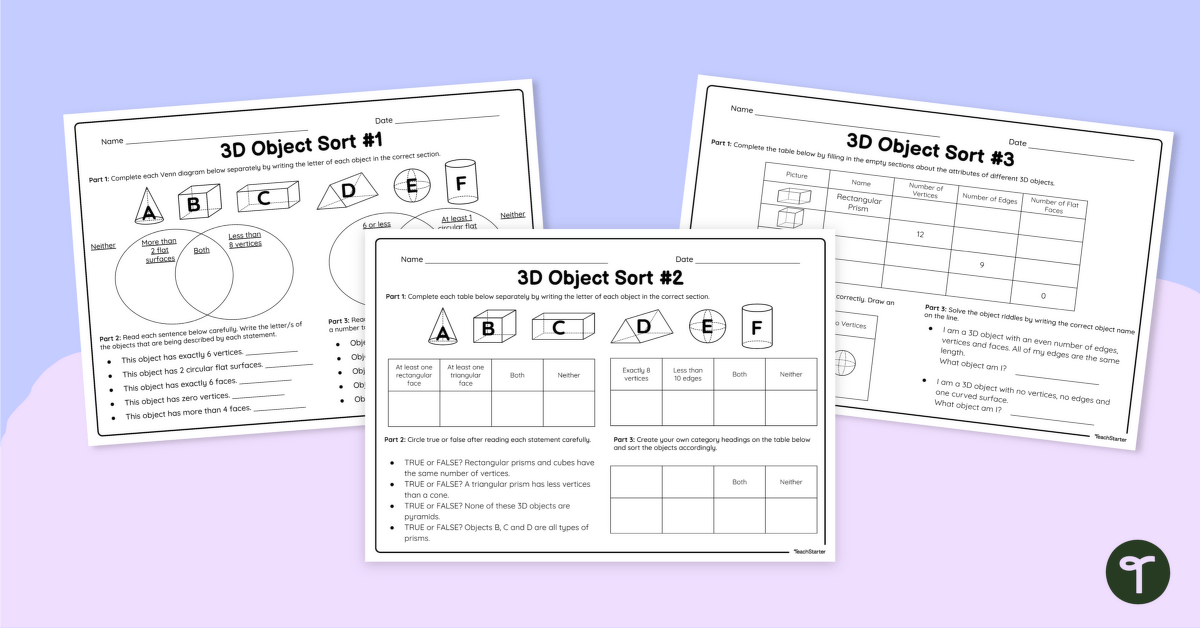

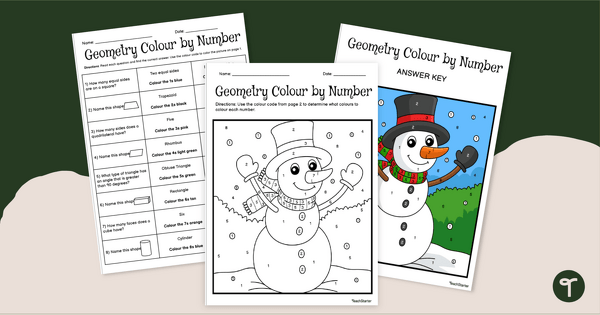

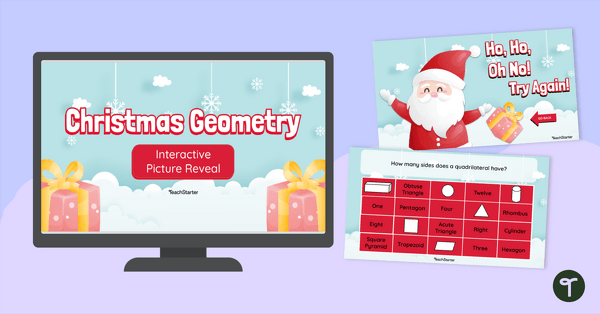



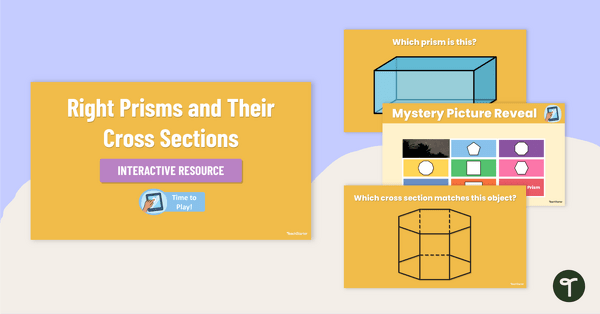
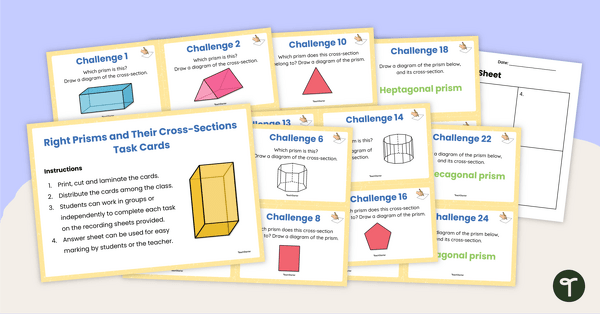
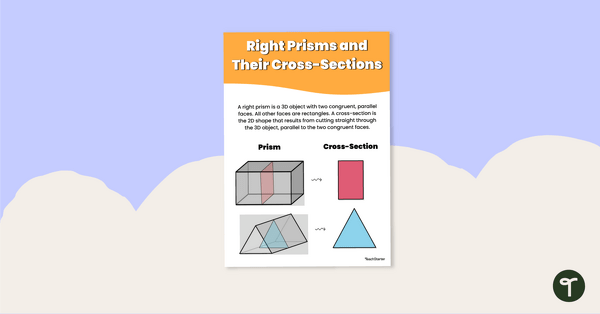

0 Comments
Write a review to help other teachers and parents like yourself. If you'd like to request a change to this resource, or report an error, select the corresponding tab above.